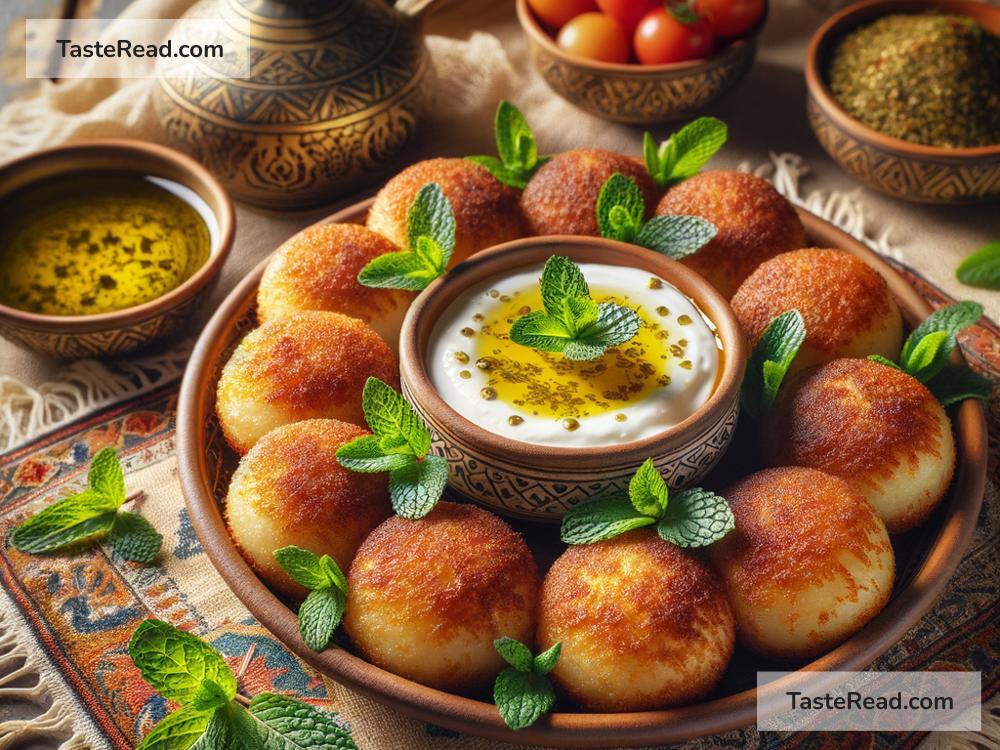The Cultural Significance of the Lebanese Kibbeh
When talking about Lebanese food, one dish stands out as both a national favorite and a cultural treasure: kibbeh. This delicious and versatile dish, made from bulgur wheat, minced meat (often lamb or beef), and spices, has deep roots in Lebanon’s history and identity. Kibbeh is more than just a meal—it’s a symbol of tradition, community, and pride.
What Is Kibbeh?
Kibbeh is an iconic Lebanese dish with many variations. At its core, it combines ground meat and bulgur wheat, flavored with a blend of spices like cinnamon, allspice, and sometimes onions or fresh herbs. The mixture is shaped into a variety of forms, including:
- Kibbeh Nayeh: A raw preparation made with finely ground meat and served with olive oil, fresh vegetables, and pita bread.
- Fried Kibbeh: Oval-shaped balls stuffed with a flavorful filling of seasoned meat, pine nuts, and onions, then deep-fried for a crispy outer shell.
- Baked Kibbeh: A pie-like version with layers of kibbeh dough and a ground meat filling baked in the oven.
- Kibbeh in Yogurt Sauce: Soft meatballs simmered in creamy laban (yogurt) and served with rice.
The recipe and preparation reflect the creativity and resourcefulness of Lebanese cooks, who have adapted kibbeh to suit different tastes and occasions.
A Dish Steeped in Tradition
Kibbeh is more than just food in Lebanon—it is woven into the fabric of daily life and special celebrations. For centuries, kibbeh has been a staple of Lebanese cuisine, passed down through generations. Traditionally, kibbeh was made by pounding meat and bulgur together in a wooden bowl called a “jurn,” using a stone pestle. This process could take hours, but it was a communal and meaningful experience, often involving the entire family.
In many villages, kibbeh-making still carries cultural importance. During weddings, feasts, and religious holidays, large quantities of kibbeh are prepared to share with loved ones. Kibbeh Nayeh, in particular, is considered a delicacy served on special occasions. Offering such a dish reflects hospitality and respect, values that are dear to Lebanese culture.
Moreover, kibbeh-making often represents teamwork and unity. Families or neighbors may gather to prepare the dish together, bonding over conversations, laughter, and stories. This collaborative spirit highlights the dish’s role as a social connector.
Regional Variations and Pride
One fascinating aspect of kibbeh is how it changes from region to region in Lebanon. Each area has its own version, reflecting local preferences and ingredients. For instance, coastal regions might incorporate fish into their kibbeh, while mountainous areas favor lamb or goat. Tastes and techniques vary, but the core identity of kibbeh remains the same.
These regional differences inspire a sense of pride among Lebanese people. Many families take great pride in their kibbeh recipes, safeguarding them as cherished heirlooms. Sharing a homemade kibbeh dish is a way of expressing love, heritage, and individuality.
Kibbeh as a Symbol of Lebanese Identity
For Lebanese people, kibbeh is far more than a culinary delight—it is a symbol of their collective identity. Lebanon is a country with a rich and complex history, marked by resilience and adaptability. Kibbeh, which requires skill, patience, and creativity, mirrors these qualities. It is a reminder of the resourcefulness of Lebanese cooking, a tradition that often relies on simple ingredients to create bold flavors.
Furthermore, kibbeh tells a story about Lebanon’s connection to the land. The dish incorporates staples like wheat and meat, representing the agricultural and pastoral traditions of the region. Pine nuts, olive oil, and fresh herbs, often used in kibbeh recipes, highlight the richness of Lebanon’s natural resources.
As Lebanese people have migrated to other parts of the world, they have brought kibbeh with them, introducing this cherished dish to new cultures. Today, kibbeh is enjoyed in Lebanese communities across the globe, bridging the gap between the homeland and the diaspora.
Kibbeh in Modern Times
While kibbeh remains deeply traditional, it has also evolved to suit contemporary preferences. Home cooks and chefs are constantly experimenting with new ingredients or techniques to reinvent the dish. For example, vegetarian kibbeh made with pumpkin or potatoes has grown in popularity, appealing to those who prefer meatless options.
Lebanon’s restaurant scene, known for its creativity, also celebrates kibbeh. It’s common to see innovative versions of the dish on menus, from baked kibbeh with unique fillings to gourmet interpretations served in fine dining settings. These modern twists honor tradition while showcasing the adaptability of Lebanese cuisine.
Conclusion
Kibbeh is more than just a dish—it’s a cultural marker that connects people to their roots, their community, and their homeland. Whether enjoyed raw, fried, baked, or simmered, kibbeh represents the spirit of Lebanon: resourceful, hospitable, and full of flavor. It reminds people of shared traditions and experiences, of the joy of gathering with loved ones, and of the pride in their heritage.
For Lebanese people everywhere, kibbeh is a taste of home. It’s proof that food can be far more than sustenance—it can be a powerful expression of culture, belonging, and memory. And for anyone lucky enough to try it, kibbeh offers a delicious introduction to the heart of Lebanon and its culinary legacy.


